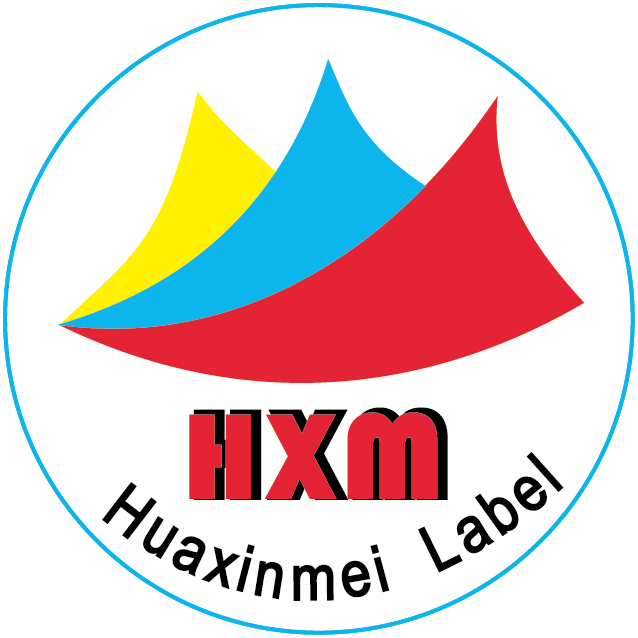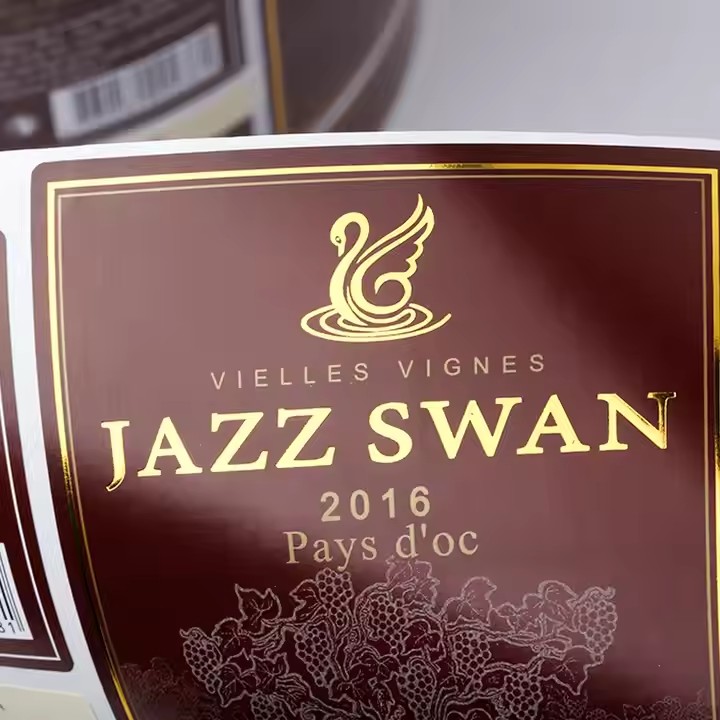I. Traditional Paper Labels
- Design and Layout
First comes the design stage of the label. Designers use professional graphic design software to design elements such as label patterns, text, and colors according to the client’s requirements. The design content includes product names, brand logos, ingredient descriptions, usage instructions, barcodes, and other information. After the design is completed, the file is converted into a format suitable for printing, such as PDF.
The layout design should be carried out according to the client’s needs and the specific situation of the product. For example, if the product is potato chips, the font should be designed to be interesting and cute, making it easy for people to remember the characteristics of the potato chips and their name. If the potato chips are spicy, the font design should also be more creative, distinctive, and imposing, which will make it easier for consumers to remember.
During the layout process, factors such as the size and shape of the label, as well as the arrangement of labels on the printing plate, need to be considered to improve printing efficiency. For instance, for small – sized round labels, a reasonable layout on the paper should be planned to avoid wasting paper.
The layout should be as neat as possible so that more information can be presented on the label.
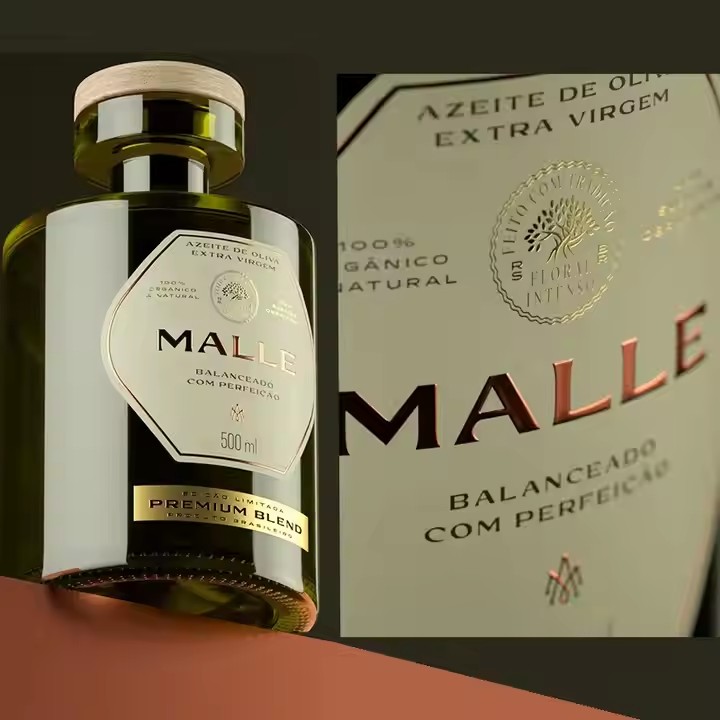
Printing
Letterpress Printing: This printing method has a long history. It transfers ink to the paper through the raised graphic part. The printing plate is generally made of metal materials (such as zinc plates). Ink is transferred to the raised part of the printing plate through an ink roller and then comes into contact with the paper to complete the printing. The advantage of letterpress printing is that the ink layer is thick and the colors are vivid, making it suitable for printing text and simple patterns. For example, some traditional product labels, like wine labels, using letterpress printing can make the text more eye – catching.
Lithography (Offset Printing): Also known as offset printing, it is one of the most widely used printing methods currently. Its principle is to utilize the property that oil and water do not mix. The graphic part and the non – graphic part of the printing plate are almost on the same plane. During printing, the graphic part of the printing plate is first coated with ink, and the non – graphic part is coated with water through a water roller. Then, the ink on the graphic part is transferred to the paper through a rubber blanket cylinder. Offset printing can achieve high – quality printing effects with high color reproducibility, and is suitable for printing exquisite pictures and complex patterns, such as cosmetic labels.
Gravure Printing: The graphic part of the printing plate is lower than the non – graphic part. Ink is filled in the recessed graphic part. During printing, the excess ink on the surface of the printing plate is scraped off by a doctor blade, and then under pressure, the ink in the recessed part is transferred to the paper. Gravure printing is characterized by a thick ink layer and rich gradations, and can print very delicate patterns and color – gradient effects. It is often used for the label printing of some high – end products, such as high – end perfume labels.
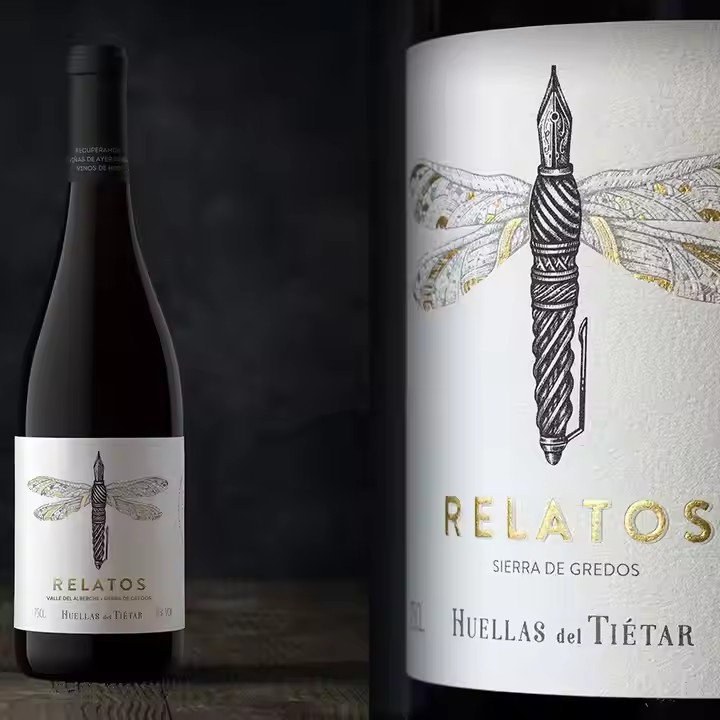
Screen Printing: By squeezing with a squeegee, ink is transferred to the paper through the mesh holes of the screen plate. The mesh holes of the graphic part on the screen plate are permeable, allowing ink to pass through, while the mesh holes of the non – graphic part are blocked. Screen printing can print patterns with a strong three – dimensional effect and can be printed on surfaces of different shapes and materials. For example, for some handmade special product labels, screen printing can add some special texture effects.
Surface Treatment
Lamination: To protect the label surface, improve its abrasion resistance, water resistance, and glossiness, lamination treatment is often carried out. Lamination is divided into glossy film and matte film. The glossy film can make the label surface shiny, enhancing the visual effect; the matte film can make the label present a soft matte effect, giving a high – end feeling. The lamination process involves laminating a layer of plastic film (such as polypropylene film) to the printed label under a certain temperature and pressure using a laminating machine.
Varnishing: Varnishing can increase the glossiness of the label surface and also play a certain protective role. There are two types of varnishes: water – based varnish and UV varnish. Water – based varnish has good environmental performance but a relatively slow drying speed; UV varnish has a fast drying speed, high glossiness, and good abrasion resistance. The varnishing methods include full – surface varnishing and local varnishing. Local varnishing can highlight some important elements of the label, such as the brand logo, attracting consumers’ attention through the contrast of glossiness.
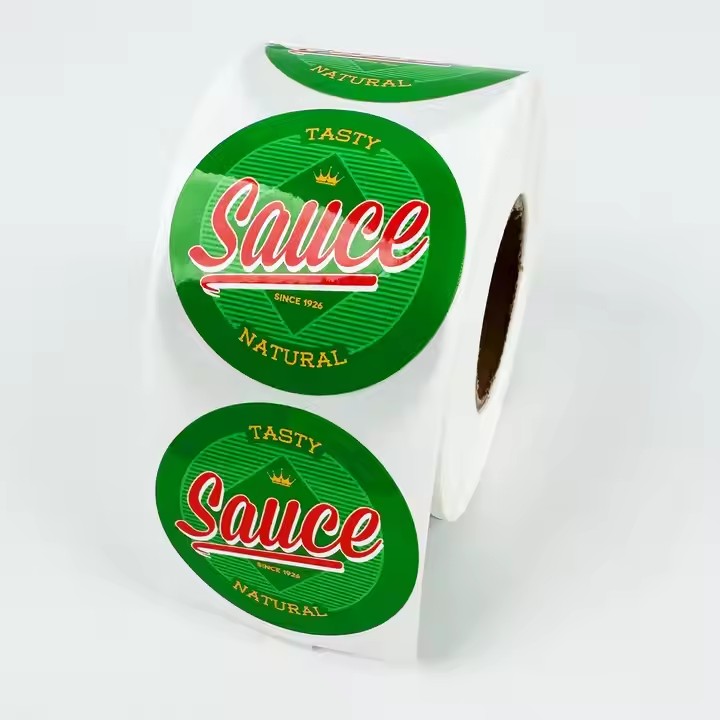
Die – cutting
Die – cutting is to cut the printed and surface – treated label material into the designed shape. The die – cutting plate is generally made of wooden boards or metal plates, with blades installed on it. The shape and position of the blades correspond to the shape of the label. When the label material passes through the die – cutting machine, the die – cutting plate cuts the label from the material roll under pressure. For some special – shaped labels, such as irregularly shaped labels (like heart – shaped, round with serrated edges, etc.), precise die – cutting processes can ensure the accuracy of the label shape.
Waste Removal and Rewinding
After die – cutting, the waste around the label (usually called “waste removal”) needs to be removed. This can be done manually or by machine. For machine waste removal, there is a special waste – removal device that can peel off and collect the waste from the label. Then, the cut labels are rewound for subsequent packaging and use. During the rewinding process, attention should be paid to the neatness of the labels and tension control to avoid wrinkles or damage to the labels.
II. Self – adhesive Labels
- Material Preparation
Self – adhesive labels mainly consist of three parts: the face material, the adhesive, and the backing paper. The face material can be paper, film (such as polyester film, polyethylene film), etc., selected according to the purpose and requirements of the label. There are different types of adhesives, such as permanent adhesives and removable adhesives. The backing paper is generally silicone – coated paper, whose function is to protect the adhesive and facilitate the storage and use of the label. These materials need to be inspected for quality before production to ensure they meet the production requirements.
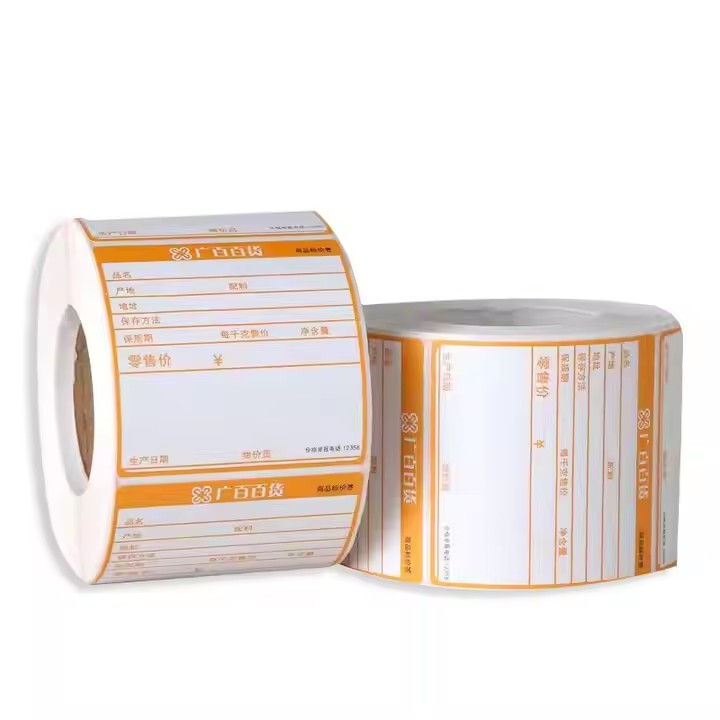
Printing and Processing
The printing methods for self – adhesive labels are similar to those of traditional paper labels. The above – mentioned letterpress, lithography, gravure, and screen printing methods can be used. After printing, surface treatments such as lamination and varnishing can also be carried out.
